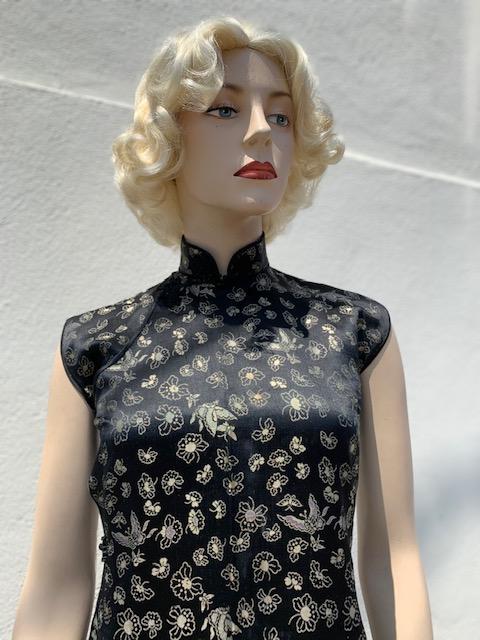A Modern Twist on the 1960s Cheongsam
The Evolution of the Cheongsam
The 1960s cheongsam, a traditional Chinese dress with a rich history, has undergone a fascinating evolution over the years. Originally a comfortable, loose-fitting garment for Manchu women, the cheongsam was transformed into a figure-hugging silhouette in the 1920s. By the 1960s, it had become a symbol of elegance and sophistication. Today, designers are giving this classic a modern twist, blending traditional craftsmanship with contemporary aesthetics.

Cultural Significance
The cheongsam is not just a dress; it’s a cultural icon. It embodies the grace and poise of Chinese femininity, as well as the nation’s rich textile heritage. The 1960s cheongsam, with its high collar, narrow sleeves, and side slits, is a testament to the exquisite craftsmanship of its time. Understanding its cultural significance is crucial when interpreting this garment for a modern audience.

Modern Interpretations
In the hands of contemporary designers, the 1960s cheongsam has been reimagined with innovative materials, cuts, and embellishments. Some opt for bold patterns and vibrant colors, while others experiment with asymmetrical hemlines or incorporate elements from Western fashion. These modern interpretations are a nod to the past, yet they speak the language of today’s fashion-forward women.

Preserving Tradition
Despite the modern twist, it’s important to preserve the essence of the 1960s cheongsam. The high collar, which represents dignity, and the side slits, symbolizing a woman’s grace, are elements that should not be lost in the reinterpretation. Designers must strike a balance between innovation and tradition, ensuring that the cheongsam remains a respected symbol of Chinese culture.

Fashion Forward
The 1960s cheongsam’s journey from a traditional garment to a modern fashion staple is a story of cultural adaptation and innovation. As we embrace the new while respecting the old, the cheongsam continues to captivate the world with its timeless elegance. Whether on the runway or the red carpet, this iconic dress is a celebration of cultural heritage and contemporary style.







